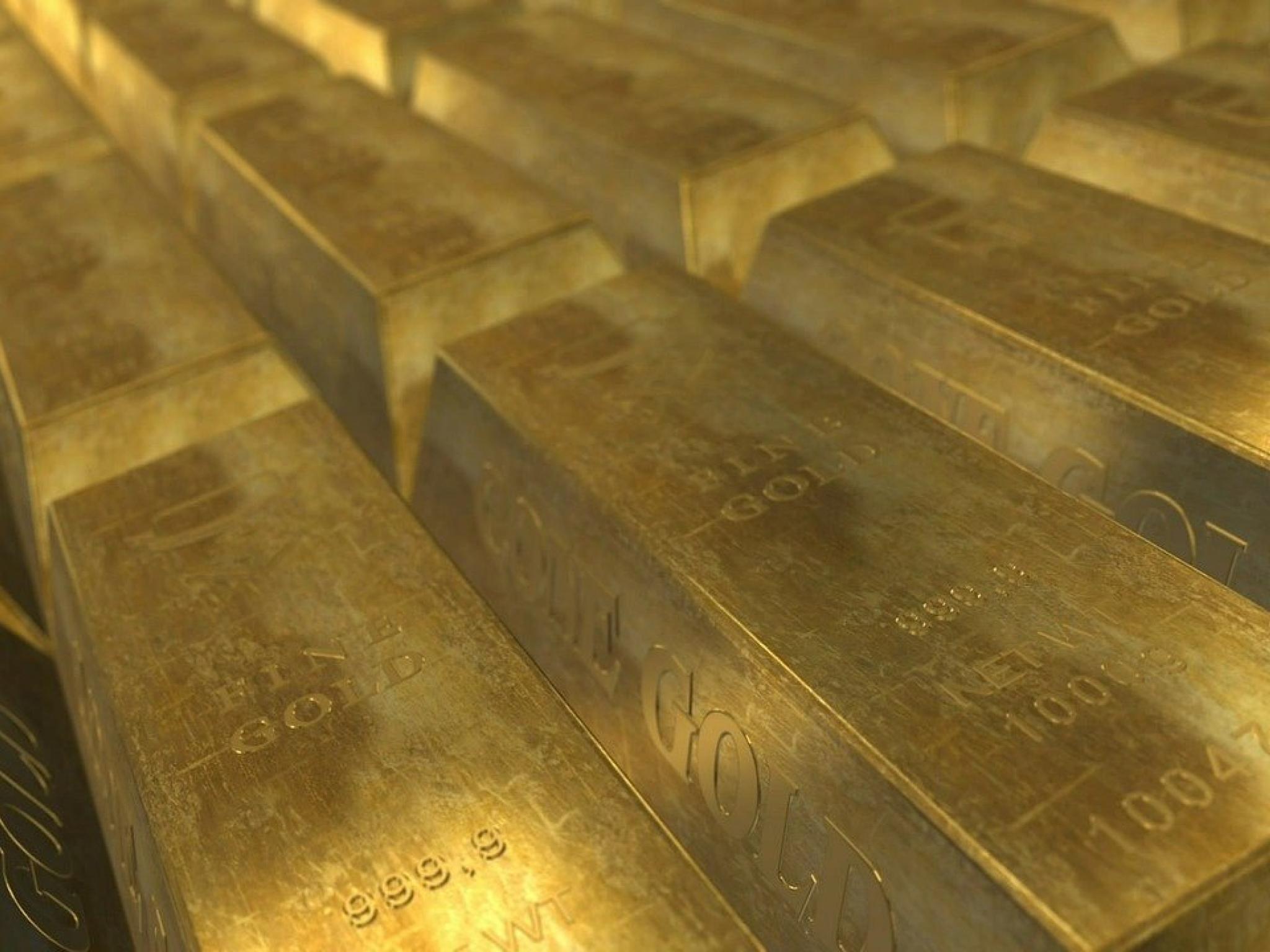
The gold price plummeted back below $1,800 an ounce, apparently oblivious to the signs of economic distress that are appearing. Instead, gold appears hyper-focused on the soaring U.S. Dollar Index, which rose to 107.15 on Thursday. Over the last five days, the index is up by more than two points, and it has risen about five points over the last 30 days.
What's happening to the gold price?
According to the World Gold Council, the metal rose 0.6% in the first six months of the year. However, the gold price has since plunged after the three-day holiday weekend in the U.S. The yellow metal was trading at around $1,810 an ounce when the month started, but it plummeted on July 4, tipping back below $1,800.
Of course, gold rallied in the fourth quarter after Russia invaded Ukraine, pressing investors to search out safe havens for their money. However, the yellow metal gave back some of those gains when investors shifted their focus from the war and geopolitical uncertainties to monetary policy and rising bond yields.
The gold price stabilized by mid-May as rising interest rates pulled against the high-risk investing environment. Persistently high inflation and the extended conflict in Ukraine also looked to take a bite out of global growth. Gold-backed exchange-traded funds enjoyed strong inflows early in the year but gave some of those gains back in May and June. However, by the end of June, gold ETFs had gathered $15.3 billion in inflows year to date.
Gold's performance
Gold was one of the best-performing assets in the first half of the year despite the minuscule price increase. However, things have changed rapidly this week, with the steep plunge below $1,800 an ounce. Nonetheless, the World Gold Council predicts that the yellow metal could hold up well.
Looking ahead, the council expects uncertainty related to monetary policy to ramp up volatility. The world's central banks have been hiking interest rates, with the Fed raising rates by 1.5% so far this year. However, the World Gold Council warned that inflation, which remains at 40-year highs, could linger even if it peaks.
On average, the gold price has risen 14% during years when inflation is higher than 3% and almost 25% when the U.S. CPI averaged over 5% year over year. The CPI currently sits at around 8%. The World Gold Council also said that gold tends to lag other commodities during inflationary periods led by commodities. However, it later catches up and outperforms other commodities in the following 12 to 18 months.
Asset allocations
According to the World Gold Council, investors are facing difficult choices in allocating their assets. Although U.S. stocks, as represented by the S&P 500, have been rallying this week, the council expects a further pullback in stocks amid faltering economic growth, persistent inflation and ongoing geopolitical tensions. Additionally, the risk of stagflation occurring has significantly increased.
Although gold tends to lag during reflationary periods, it still tends to perform well and significantly outperforms during stagflation. The World Gold Council also raised questions about whether bonds can now provide the diversification investors need.
Government bonds have been classified as safe-haven assets over the last two decades due to low inflation and interest rates. However, higher inflation reduces the appeal of government bonds for diversification as yields and their correlation to stocks increase.
Meanwhile, inflation-linked bonds that track the CPI might not offer the safe haven investors need. They've declined year to date despite the sharp increase in the CPI. As a result, the World Gold Council argues that gold "can be a valuable risk-management tool in an investor's arsenal."
What to expect from gold
Of course, the challenging economic environment for consumers also creates headwinds for consumer demand for gold. As a result, the World Gold Council predicts that the widespread economic slowdown will pressure consumer demand for the metal, especially as many markets see significantly higher local gold prices.
China is particularly susceptible to economic weakness amid Beijing's zero-COVID policy, which continues to restrict movement and consumer demand. The World Gold Council also noted headwinds for gold demand in India, although to a lesser degree than what's happening in China. Demand for gold in India faces headwinds from high inflation, economic uncertainty, and the surprise increase of the import duty on gold, partially in an attempt to mitigate the weakness of the rupee.
Of course, what happens to the gold price will depend on which factors the metal responds to the most. The World Gold Council pointed to two key headwinds in the second half of the year, which are higher nominal interest rates and the potential for a stronger dollar. This week has already brought significant increases in strength for the dollar.
Despite those headwinds, the council sees several potential tailwinds for the gold price, including persistently high inflation that leaves gold lagging behind other commodities. Other potential tailwinds include market volatility related to shifting monetary policy and geopolitics and the need for effective hedges against higher correlations between stocks and bonds.







